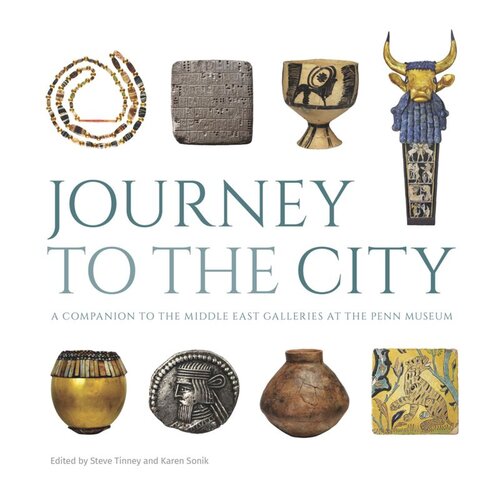

Most ebook files are in PDF format, so you can easily read them using various software such as Foxit Reader or directly on the Google Chrome browser.
Some ebook files are released by publishers in other formats such as .awz, .mobi, .epub, .fb2, etc. You may need to install specific software to read these formats on mobile/PC, such as Calibre.
Please read the tutorial at this link: https://ebookbell.com/faq
We offer FREE conversion to the popular formats you request; however, this may take some time. Therefore, right after payment, please email us, and we will try to provide the service as quickly as possible.
For some exceptional file formats or broken links (if any), please refrain from opening any disputes. Instead, email us first, and we will try to assist within a maximum of 6 hours.
EbookBell Team

5.0
88 reviewsThe Penn Museum has a long and storied history of research and archaeological exploration in the ancient Middle East. This book highlights this rich depth of knowledge while also serving as a companion volume to the Museum's signature Middle East Galleries opening in April 2018. This edited volume includes chapters and integrated short, focused pieces from Museum curators and staff actively involved in the detailed planning of the new galleries. In addition to highlighting the most remarkable and interesting objects in the Museum's extraordinary Middle East collections, this volume illuminates the primary themes within these galleries (make, settle, connect, organize, and believe) and provides a larger context within which to understand them.
The ancient Middle East is home to the first urban settlements in human history, dating to the fourth millennium BCE; therefore, tracing this move toward city life figures prominently in the book. The topic of urbanization, how it came about and how these early steps still impact our daily lives, is explored from regional and localized perspectives, bringing us from Mesopotamia (Ur, Uruk, and Nippur) to Islamic and Persianate cites (Rayy and Isfahan) and, finally, connecting back to life in modern Philadelphia. Through examination of topics such as landscape, resources, trade, religious belief and burial practices, daily life, and nomads, this very important human journey is investigated both broadly and with specific case studies.